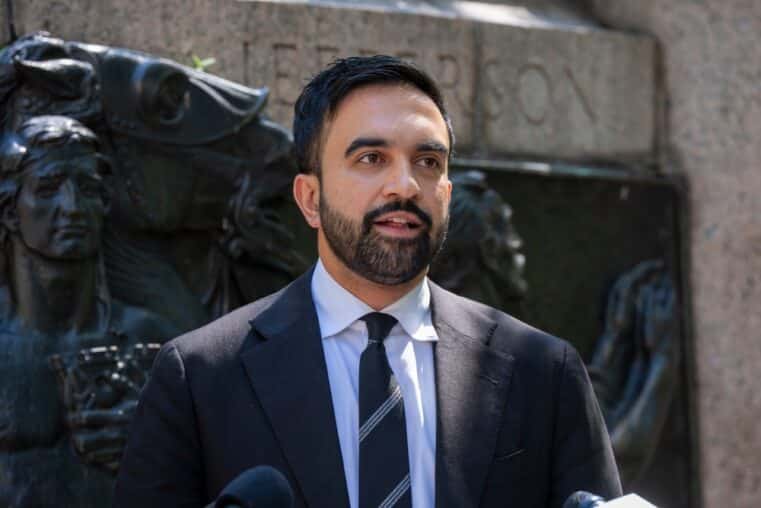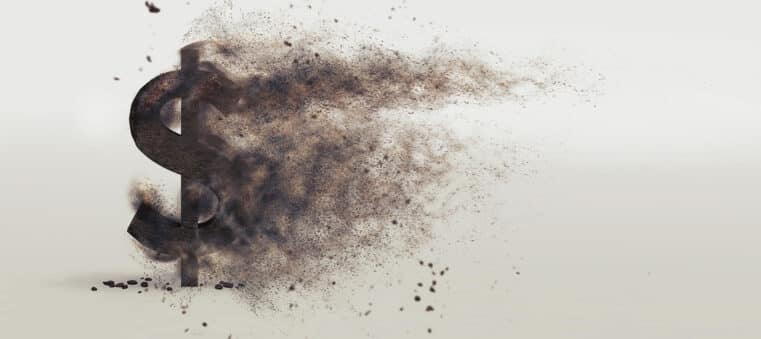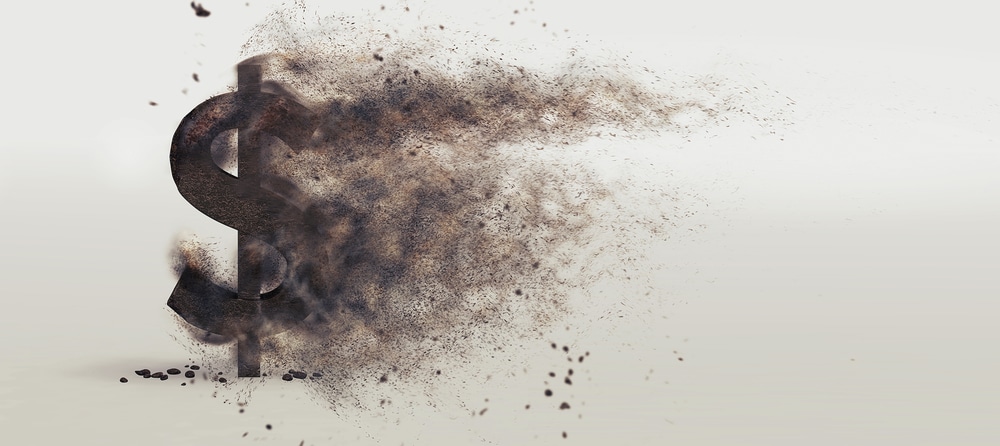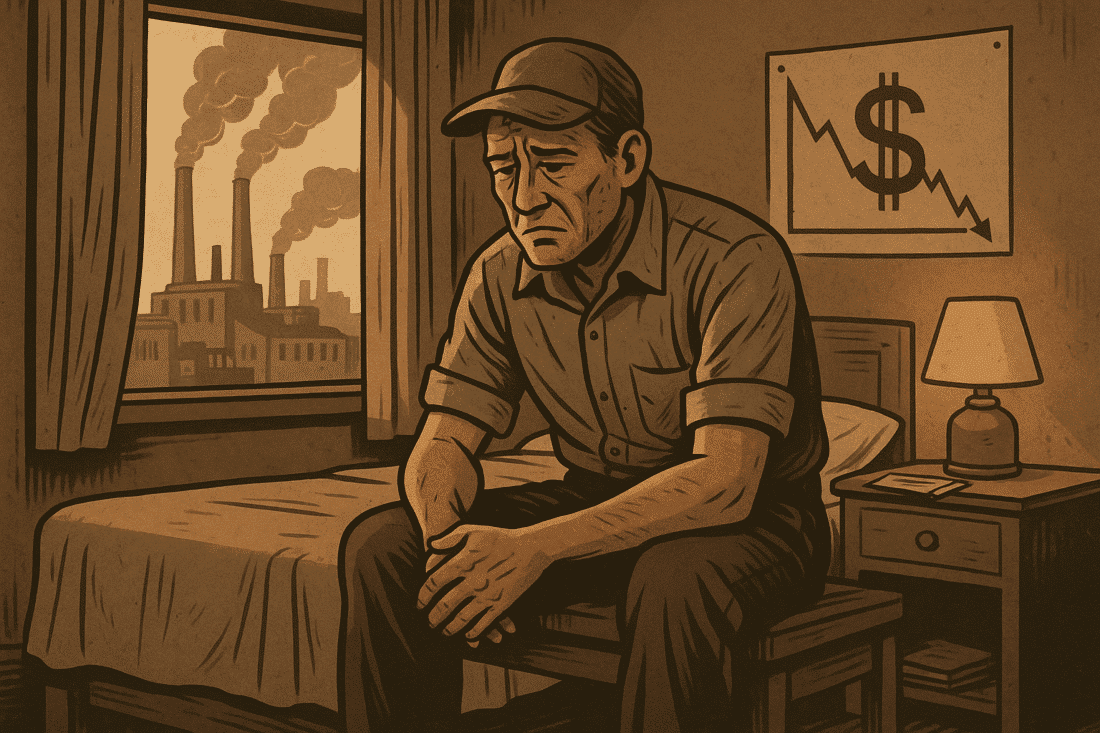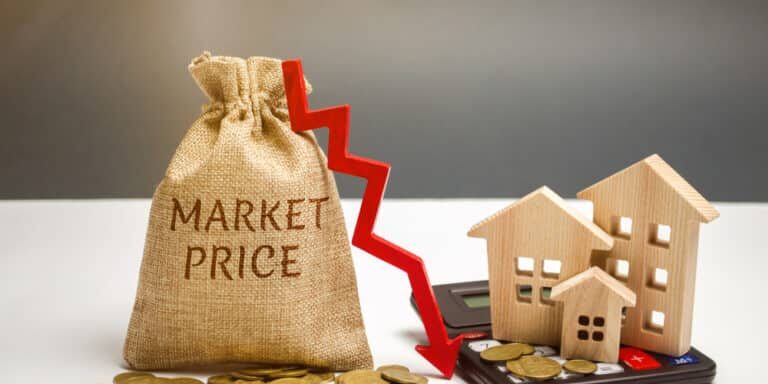
The Housing Collapse We Deserve: How the Fed, Fannie, and Fraud Built America’s Real Estate Mirage
You won’t hear this from your real estate agent, your bank, or your bought-and-paid-for Congressman, but I’ll say it plainly: the falling home prices you're seeing right now are not a bug—they’re a feature. They’re the long-overdue hangover from a credit binge fueled by central planners, Wall Street fixers, and Washington cowards who decided decades ago that "free markets" were something you tell the voters about but never actually implement.
The original piece lays the groundwork well, offering a libertarian lens on America’s latest housing market unraveling. But let's go further. Let’s follow the money. Let’s rip the mask off the institutions who’ve gamed the system, again and again, and now want a bailout—again.
I. The Great Lie of Housing “Affordability”
When 42% of American income goes to housing, that’s not a “cost of living”—that’s a shakedown. And it didn’t happen by accident. For years, the Federal Reserve has kept interest rates so low they practically had to tunnel underground to find them. Why? Because cheap money props up overpriced assets—homes, stocks, you name it—and when assets go up, the politically connected get rich.
Housing was never meant to be an investment class. But the moment the Fed began engineering "wealth effects" through asset bubbles, shelter became speculation. And government-backed entities like Fannie Mae, Freddie Mac, and the FHA were right there to grease the rails—socializing risk while privatizing profit. When the music stops, regular families lose their homes. Wall Street? They get TARP.
Don’t call this a correction. Call it what it is: a market finally waking up from a coma induced by artificial interest rates and systemic fraud.
II. Boomtowns Burning: Why Florida and Texas Are Falling First
You want to see malinvestment in action? Look no further than the overbuilt hellscapes of Austin, Dallas, and Miami. These places were treated like Vegas in 2006—hot money flowing in, construction cranes blotting out the sun, and speculators flipping pre-construction condos like pancakes.
This isn’t just cyclical. It’s patterned. Every boom built on credit—railroads in the 1870s, dot-coms in the ‘90s, housing in 2008—ends the same way: collapse.
The Austrian School calls it like it is—malinvestment. When credit is free, discipline vanishes. Bad projects get funded. Good ones get crowded out. And when the tide goes out, we see who’s been swimming naked.
III. Builders Begging Buyers: The Sound of Panic
Now builders are cutting prices and offering granite countertops like candy. That’s not the sign of a “healthy slowdown.” It’s desperation. It's the market’s immune system trying to purge the disease of mispriced credit. You know what would make it worse? A bailout.
But that’s exactly what the insiders are already whispering about. Relief for underwater homeowners. Bridge loans for “strategic sectors.” Subsidized mortgages. It’s all the same poison in a new bottle.
Let the price discovery process play out. Real markets don't rise forever, and when they fall, it shouldn't be treated like a natural disaster—it’s a detox.
IV. False Choices: A Soft Landing or Another 2008?
Mainstream pundits love to play Cassandra, warning of another 2008. But here’s the hard truth: 2008 wasn’t a market failure. It was a government failure.
That collapse was made in Washington—by decades of moral hazard, central bank rate suppression, and "too big to fail" theology. If anything, we should have let more fail. Instead, the Fed doubled its balance sheet, and Congress turned mortgage fraud into a federally-insured enterprise.
Let’s stop pretending we need to choose between a soft landing and a bloodbath. The real choice is between a short-term correction or long-term economic rot. And right now, we’re doubling down on rot.
V. Cancellations, Layoffs, and Bankruptcies: The Cleansing Fire
Yes, businesses are failing. Yes, people are getting laid off. It’s ugly. It’s painful. But it’s also necessary.
The post-COVID economy was built on zero percent interest rates and fantasy spreadsheets. From Uber to Zillow to ghost kitchen startups, an entire class of fake companies was propped up by fake money.
Japan made the mistake of trying to keep the zombie corporations alive. Two decades later, they’re still waiting for growth. We’re making the same mistake. We're still hooked on the illusion that central planning can outthink a market of 330 million people.
It can’t.
VI. Bailout Culture: America’s Real Addiction
The article ends by pointing out what should terrify anyone who’s not politically connected: we’re heading toward another bailout. That’s not a risk. It’s a near certainty.
And it won’t just be housing. It’ll be commercial real estate. Student loans. Credit card defaults. Whatever sector screams the loudest gets their sugar injection from the Fed.
Why? Because too many Americans believe the government can save them from reality. That belief is the most dangerous bubble of all.
Historical Echoes: This Ain’t Our First Rodeo
Let’s not forget the Savings and Loan Crisis of the 1980s—an early warning shot that Washington ignored. Politicians deregulated risk while keeping taxpayer guarantees in place. The result? A $160 billion bailout and a generation of corruption. And then there was 2008, a crisis the Fed literally manufactured by holding rates too low for too long after the dot-com bust.
Each time, the pattern is the same: bubble, collapse, panic, bailout.
Ludwig von Mises himself said it best: “There is no means of avoiding the final collapse of a boom brought about by credit expansion.”
And yet here we are, expanding credit again, printing more money, and shoveling cash into broken systems—hoping this time is different.
It won’t be.
The Road Ahead: Take Your Medicine or Die in Denial
Let the prices fall. Let the builders go bankrupt. Let the speculators bleed. Only then will we have housing that reflects reality, not central bank fantasy.
Want a future where families can afford homes again? Where working Americans aren’t renting from BlackRock or bidding against hedge funds?
Then end:
- Government-backed mortgages
- The Federal Reserve’s manipulation of interest rates
- The revolving door between Wall Street and Washington
We don’t need a “housing policy.” We need to stop protecting the parasites who turned housing into a casino.
This isn’t heartless. It’s justice. It’s the market doing what Congress won’t: holding fraud accountable and giving real Americans a shot at owning something besides debt.
Call to Action
Your financial safety net just got thinner. Now is the time to harden your position.
Download my book “Seven Steps to Protect Yourself from Bank Failure.” It’s the survival manual the banks don’t want in your hands.





